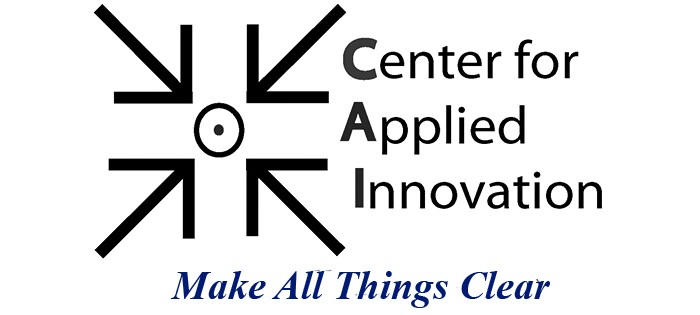The CAI can coordinate, advise, develop and provide content to meet any public or private sector distance learning (DL) requirement – from individual courses to Learning Management or Content Management Systems required to meet any client’s needs. For customers who already have Instructor Led Training (ILT) developed for a classroom environment, The CAI can manage all aspects of transitioning the course material to dL or blended learning solutions.
Most training and programs portend to develop the requisite knowledge, skills, and abilities through lecture or what passes as “small group instruction” under a single facilitator or instructor. This is proven to be the least productive approach. Statistically, students retain only 10% - 20% of what they see and hear, but 90% of what they participate in. For this reason, the CAI approach is highly interactive.
Most important in any transition to dL is a thorough Strategic Analysis of organizational needs, content requirements, and the delivery method. The CAI’s dL Lead will facilitate this process to ensure customer dL is in compliance with applicable government or industry standards such as Advanced Distributed Learning (ADL) standards. The CAI approach utilized user groups and other techniques to accomplish development or conversion in a structured, proven task-based approach.
Task 1 – Determine the appropriate type of dL courseware management system for the customer, be that a Content Management System (CMS) or a Learning Management System (LSM). The decision on the organization’s management system will have one of the most profound and lasting impacts on its dL capability.
Task 2 – Determine the appropriate delivery means for dL Courseware (either synchronous or asynchronous means)
Task 3 – Determine the appropriate dL host to maintain and distribute dL courses.
Task 4 – Determine the appropriate courseware level of capability and learning content authoring tool (LCAT) and the appropriate Interactive Multimedia Instruction (IMI) level for the courseware ( 1 though 4).
